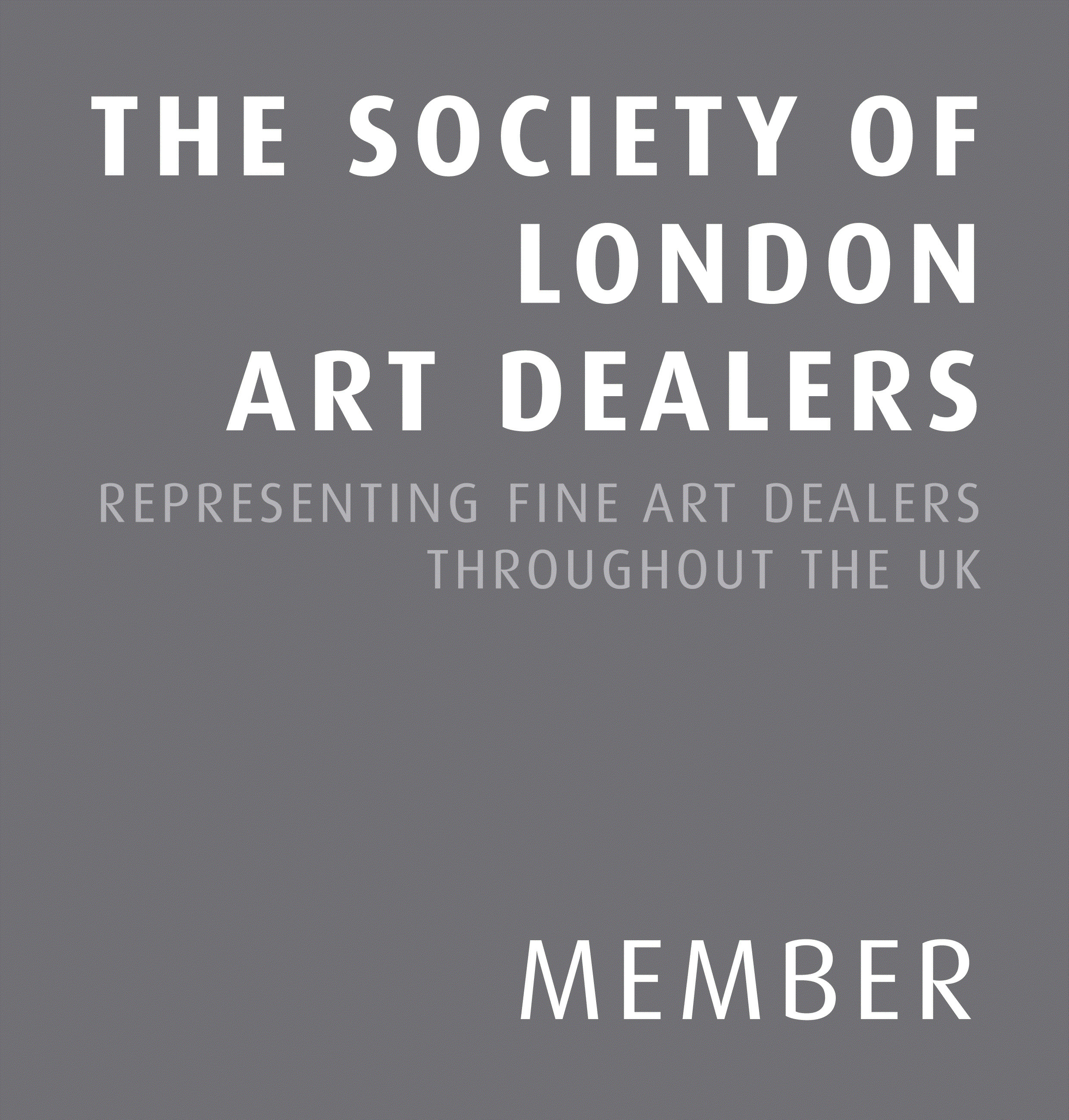
Kalliopi Lemos
Intensive Activity, 1997
Oil on canvas
183 x 280 cm
72 1/8 x 110 1/4 in
72 1/8 x 110 1/4 in
Copyright The Artist
An intense meditation on life Minerva Protects Pax from Mars (Peace and War) (1629-30), a striking allegory about Demetra, a personification of peace, nurturing Plutus and spreading beauty and happiness...
An intense meditation on life
Minerva Protects Pax from Mars (Peace and War) (1629-30), a striking allegory about Demetra, a personification of peace, nurturing Plutus and spreading beauty and happiness to the world, was painted by the great artist –and diplomat– Peter Paul Rubens during a yeasty period of the 17th century Europe. It was offered to the King of England, Charles I, as a wish or request to keep the fragile Anglo-Spanish peace at control. Everyone at the painting is active, doing, looking or expecting something to happen in a perpetual circular and sensational movement, the flux of life.
Lemos’ painting Intensive Activity (1997), full of power and colour, draws its inspiration from the famous Rubens’ work ending up to a mysterious but fiery abstraction; a mystical meditation on life. The robust energy of Rubens remains. However, more than the specific story, it is the movement that is cared to be captured. This way Lemos, aiming to keep the Flemish Master’s dynamism and choreography, opens up the picture’s conceptual space to new readings and even new stories about social and personal struggles, about Peace and War on the outside or the inside.
After all, every era has its fights.
The recent pandemic and its aftereffects, although stopped any physical movement, produced a dynamic brainstorming, especially regarding the daily adjustment to the restricting measures, but also concerning alternative ways of creativity, well-being and socialisation. At these peculiar times of introversion, what is intensive is mainly the mind activity.
With its vigorous, colourful forms, full of brave sculptural volumes Intensive Activity could be read today as a visual narration about the state of active becoming, the intermediate state of a new reality. Around it, Lemos’ latest works function as stages of observing this changing process, as well as signalling a quality of spiritual self-care; the urge of physical and mental protection against the unexpectable. Her frequent braiding and wrapping motives refer to the meditative qualities of the handcraft aside from the melancholia of restraint, while a new series of drawings, Hortus Conclusus (2020), made during the lockdown, keeps her spiritual moοd towards transformation processes along with a deep care and empathy for nature and its wills.
During her rich artistic journey, Lemos’ multiple tales engage with the unstoppable changes of life, from the endless dance of generations to the unexpected social twists that could eventually be the seeds for a new and maybe fairer life approach.
Gelly Gryntaki, London, 2020
Minerva Protects Pax from Mars (Peace and War) (1629-30), a striking allegory about Demetra, a personification of peace, nurturing Plutus and spreading beauty and happiness to the world, was painted by the great artist –and diplomat– Peter Paul Rubens during a yeasty period of the 17th century Europe. It was offered to the King of England, Charles I, as a wish or request to keep the fragile Anglo-Spanish peace at control. Everyone at the painting is active, doing, looking or expecting something to happen in a perpetual circular and sensational movement, the flux of life.
Lemos’ painting Intensive Activity (1997), full of power and colour, draws its inspiration from the famous Rubens’ work ending up to a mysterious but fiery abstraction; a mystical meditation on life. The robust energy of Rubens remains. However, more than the specific story, it is the movement that is cared to be captured. This way Lemos, aiming to keep the Flemish Master’s dynamism and choreography, opens up the picture’s conceptual space to new readings and even new stories about social and personal struggles, about Peace and War on the outside or the inside.
After all, every era has its fights.
The recent pandemic and its aftereffects, although stopped any physical movement, produced a dynamic brainstorming, especially regarding the daily adjustment to the restricting measures, but also concerning alternative ways of creativity, well-being and socialisation. At these peculiar times of introversion, what is intensive is mainly the mind activity.
With its vigorous, colourful forms, full of brave sculptural volumes Intensive Activity could be read today as a visual narration about the state of active becoming, the intermediate state of a new reality. Around it, Lemos’ latest works function as stages of observing this changing process, as well as signalling a quality of spiritual self-care; the urge of physical and mental protection against the unexpectable. Her frequent braiding and wrapping motives refer to the meditative qualities of the handcraft aside from the melancholia of restraint, while a new series of drawings, Hortus Conclusus (2020), made during the lockdown, keeps her spiritual moοd towards transformation processes along with a deep care and empathy for nature and its wills.
During her rich artistic journey, Lemos’ multiple tales engage with the unstoppable changes of life, from the endless dance of generations to the unexpected social twists that could eventually be the seeds for a new and maybe fairer life approach.
Gelly Gryntaki, London, 2020
Exhibitions
Tales of a Journey, Gazelli Art House, London, UK (2020)7
of
7
